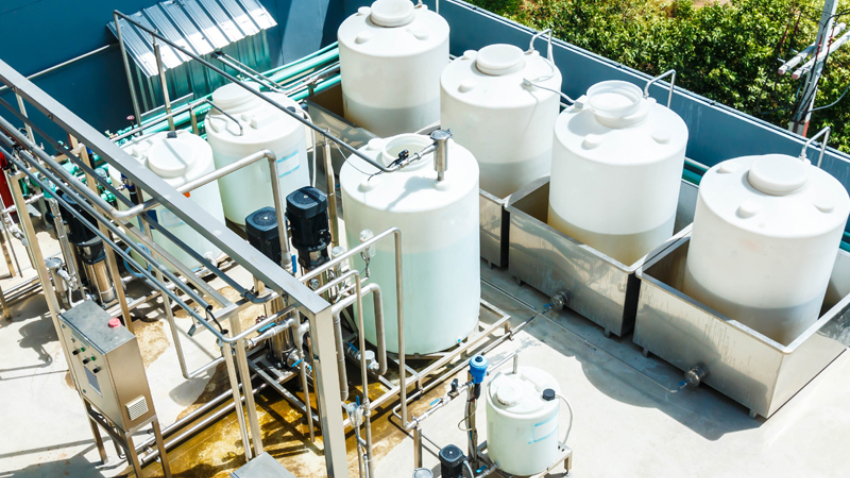
Grey Water Treatment Plant in Gujarat

Grey Water Treatment Plant
A grey water treatment plant is a specialized facility designed to treat grey water—waste water generated from domestic activities such as bathing, laundry, and dishwashing. Unlike blackwater, which includes sewage from toilets, grey water generally contains fewer pathogens and organic materials, making it more amenable to treatment and reuse. This document outlines the key processes, significance, and challenges associated with grey water treatment.
Collection and Pre-Treatment
- Collection System: Grey water is collected separately from blackwater through dedicated plumbing systems in residential or commercial buildings. This segregation is essential for effective treatment and resource recovery.
- Screening and Filtration: The initial step involves the removal of large debris, such as food particles and hair, using mechanical screens or filters. This pre-treatment minimizes the risk of clogging in downstream systems.
Primary Treatment
- Sedimentation: Following pre-treatment, the grey water may be subjected to sedimentation processes to allow heavier solids to settle. This reduces the organic load and prepares the water for biological treatment.
Biological Treatment
- Aerobic Treatment: The grey water undergoes biological treatment utilizing aerobic microorganisms to degrade organic matter. This is typically achieved in aeration tanks where air is introduced to facilitate microbial activity.
- Constructed Wetlands: An alternative biological treatment method involves constructed wetlands, which use natural filtration processes. In these systems, grey water flows through a substrate of soil and vegetation, promoting natural biological treatment processes.
Advanced Treatment
- Filtration: After biological treatment, the water is further purified through advanced filtration methods, such as sand or membrane filtration, to remove residual particulates and pathogens.
- Disinfection: To ensure safety for reuse, disinfection methods like ultraviolet (UV) treatment, chlorination, or ozonation are employed to eliminate any remaining pathogens.
Storage and Reuse
- Storage Systems: Treated grey water is stored in dedicated tanks until it is needed for reuse, ensuring appropriate management and availability.
- Reuse Applications: Treated grey water can be utilized for a variety of non-potable applications, including irrigation, toilet flushing, cooling systems, and, in some cases, laundry. The level of treatment dictates the suitability for specific applications.
Significance of Grey water Treatment
- Water Conservation: Grey water treatment facilitates the recycling of water, significantly reducing overall water demand and promoting sustainable water management, particularly in areas facing water scarcity.
- Environmental Impact Reduction: The treatment and reuse of grey water alleviate the burden on municipal waste water treatment systems, thereby reducing the volume of waste water discharged into the environment and mitigating pollution.
- Economic Benefits: By enabling the reuse of grey water, households and businesses can decrease water consumption and associated costs, providing a financial incentive for adoption.
Challenges and Considerations
- Regulatory Compliance: The implementation of grey water reuse systems must adhere to local regulations and standards, which can vary widely across jurisdictions.
- Quality Assurance: Ensuring that treated grey water meets health and safety standards for specific reuse applications is critical to mitigate potential health risks.
- System Maintenance: Regular maintenance and monitoring of grey water treatment systems are essential to ensure optimal performance and longevity, requiring a commitment from users to adhere to operational guidelines.
Grey water treatment plants play a vital role in advancing sustainable water management practices. By enabling the effective treatment and reuse of grey water, these facilities contribute to water conservation, reduce environmental impact, and promote resource sustainability. As global water scarcity becomes an increasingly pressing issue, the importance of grey water treatment technologies will likely continue to grow, necessitating ongoing innovation and adherence to best practices.

